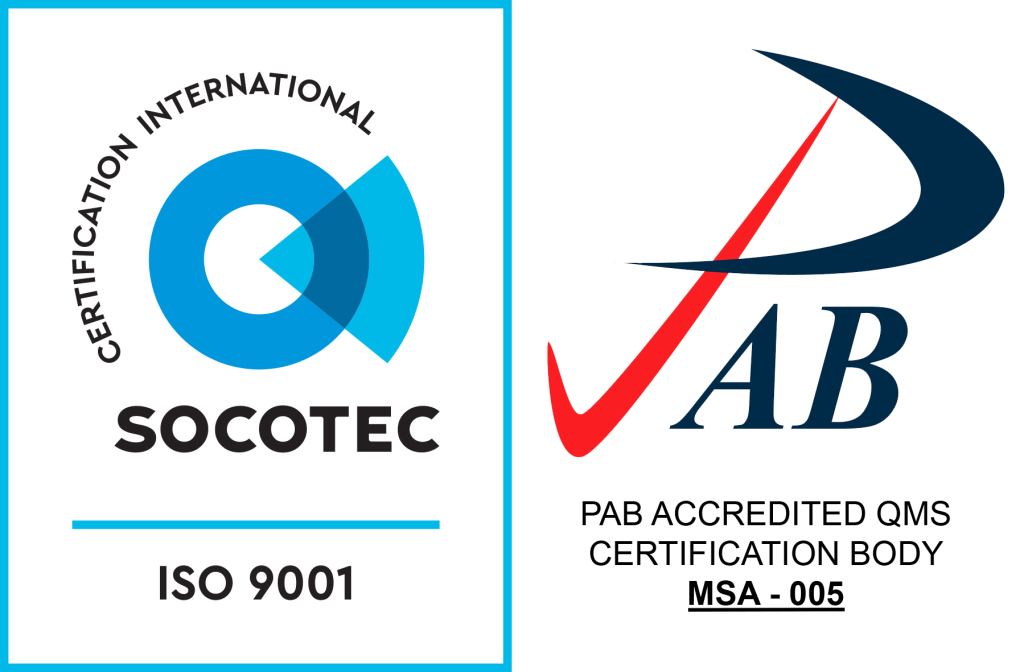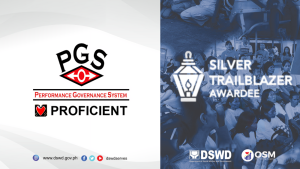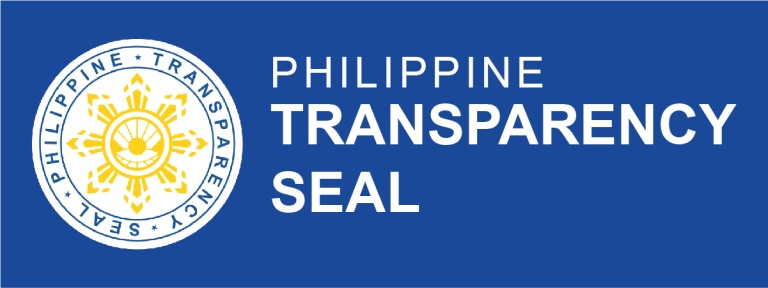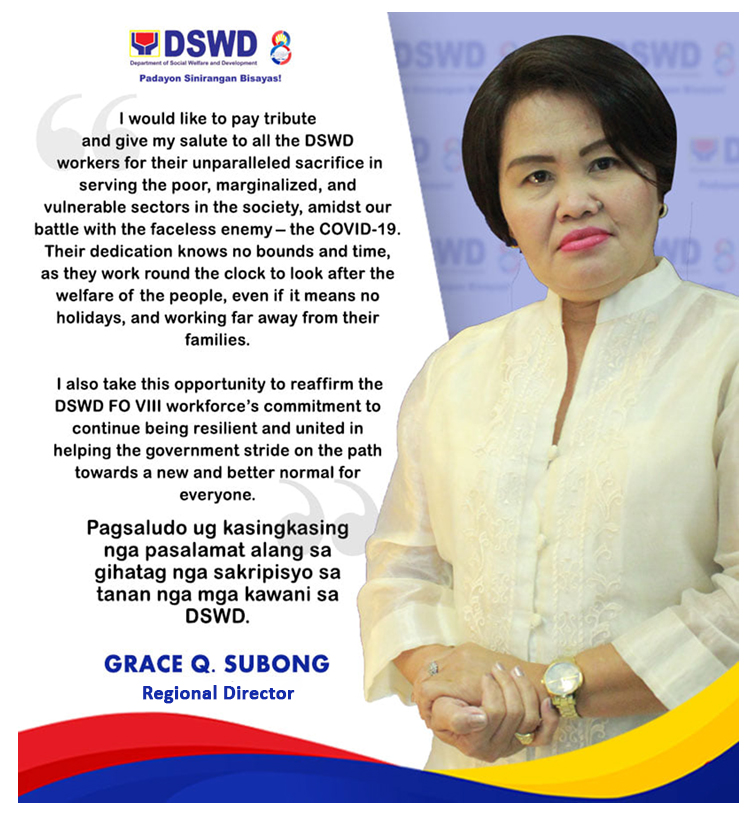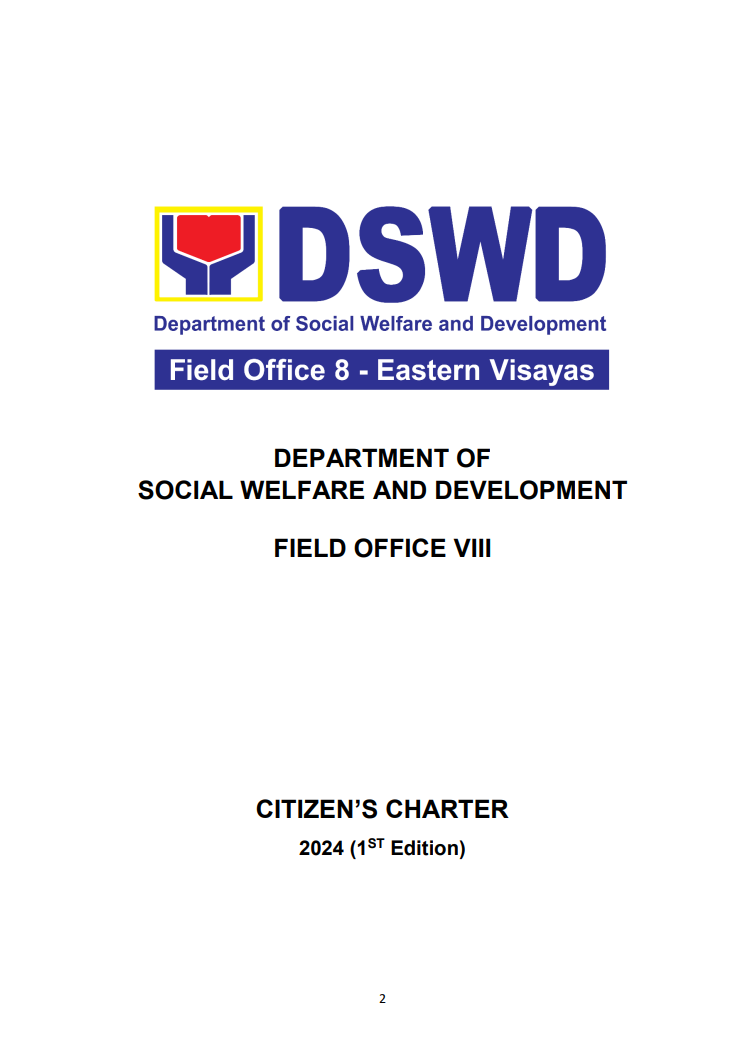 Simple. That’s how onlookers can describe the number one need of Brgy. San Miguel in Hernani, Eastern Samar. The people want potable water and they want it fast. In the sitios, the same problem hounded the residents for years and it is a pity that the situation had to become a way of life when something could have been done about it “decades” ago.
Simple. That’s how onlookers can describe the number one need of Brgy. San Miguel in Hernani, Eastern Samar. The people want potable water and they want it fast. In the sitios, the same problem hounded the residents for years and it is a pity that the situation had to become a way of life when something could have been done about it “decades” ago.
Household water rationing is de rigeur. The bulk of the household water was for cooking, dishwashing and washing clothes. For bathing people had to go to the water source. For potable drinking water, water was boiled. But this palliative measure did not prevent young children and the elderly from getting water-borne diseases. The grim picture shows that the entire 183 households of the barangay have no access to potable safe drinking water!
The problem will be solved eventually when the barangay lays down the specifics for their water project during Project Development Workshop slated for July 29-30 this month.
But during the July 14 site visit of KALAHI-CIDSS Regional Infrastructure Engineer Gerardo Peñeda, he gave these technical inputs for the soon-to-be completed electrically-powered water pump, which is a barangay financed project.
Peñeda based his inputs on the implementation of water systems in KALAHI-CIDSS areas of Phases 1, 2, 3, and 4. According to Peñeda, water systems, especially electrically-powered ones should have a strong non-political water association. The fees should be discussed thoroughly with residents because electrically-powered water systems are not equitable. “For example, one household just uses 5 cubic meters of water monthly while another consumes 10 cubic meters, yet both households have to pay the same monthly rate.”
Peñeda also stressed that households should be committed to their financial responsibilities for the water they use or else, the barangay’s water system project would fail.
Rates collected should also be sufficient for the operations and maintenance of the water system. This is the lifeblood of the water systems demanded by water-less communities.
For the proposed water hand pumps in the barangay’s sitios, Peñeda assured Barangay Chairman Vicente Calvadores that the simple device would serve its purpose better and efficiently. The people’s need for potable water would be answered and along with it, the sanitation problem in the community would be minimized or eradicated.

